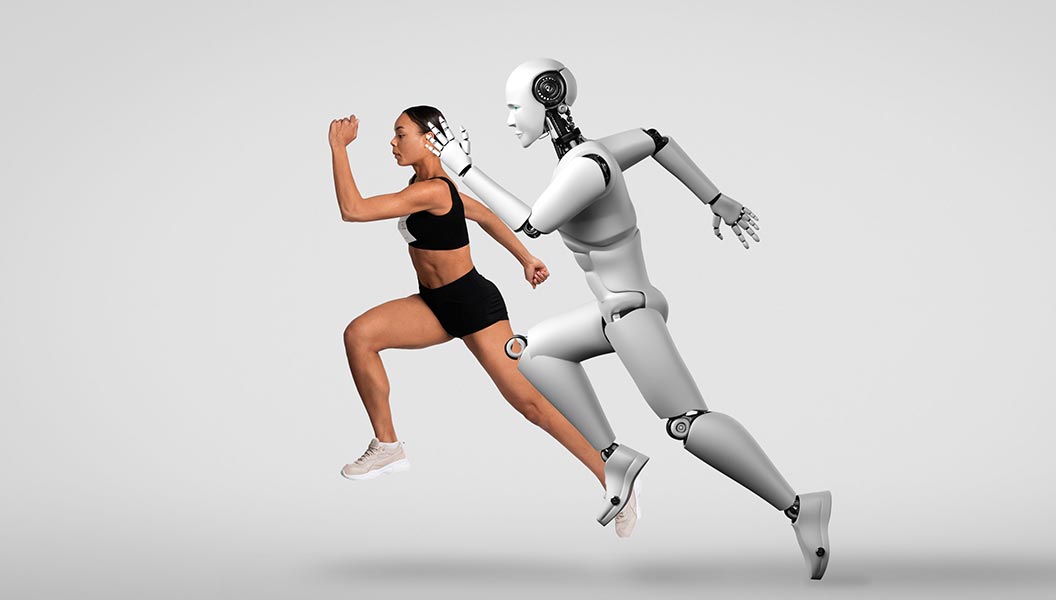Challenge
Right&Above received a request to develop a prototype of a multipurpose motion-tracking device capable of transmitting motion data wirelessly over Wi-Fi networks to a remote server. The goal was to make this wearable and wireless device, incorporating complex hardware, firmware, and software solutions. One of the main challenges was to create an application that could display an avatar moving in real-time based on the sensor data. We developed two applications: one utilizing WebGL for browser functionality and the other for the Android platform.
Solution
Our team was inspired by creating a forward-thinking solution to enhance health and fitness activities, motion pictures, gaming, object animation, and 3D cartoons with real-time graphics and security features. Right&Above engineers designed a compact motion sensor equipped with a Wi-Fi module and implemented motion-tracking functionality by integrating a 3-axis accelerometer, 3-axis gyroscope, and 3-axis magnetometer (compass) into the sensor. Additionally, we animated various avatars, including characters like Lego Bob, humanoid holograms, and Minecraft’s Steve.
Development and Functionality: The Clonecast device is powered by a high-performance processor capable of performing complex mathematical calculations to process sensor data and accurately determine movements in real-time. This processed data is transmitted to a remote server through the built-in Wi-Fi module, which supports modern standards such as 2.4GHz 802.11 b/g/n. The device operates on a lithium-ion battery, providing long-lasting use without frequent recharging. The 3D motion sensor operates in two modes: Access Point mode and Client mode. Access Point mode is used for configuration when the device launches an HTTP server, allowing connection to other Wi-Fi devices for setup. In Client mode, the device connects to a specified Wi-Fi access point, sending movement data to a remote server over the Internet. One of the device’s standout features is its ability to connect to remote servers and transmit motion data to any computer worldwide in real-time.
Our next task involves animating models in PLY format, similar to how we’ve worked with FBX models.
